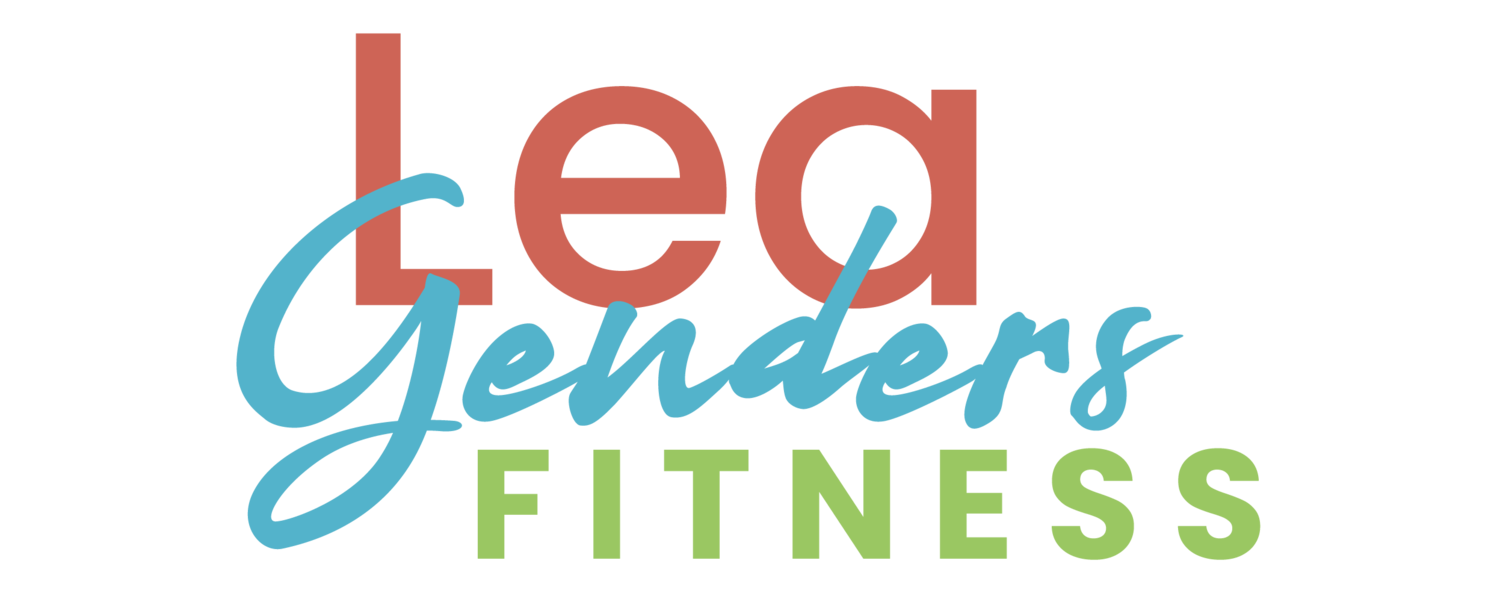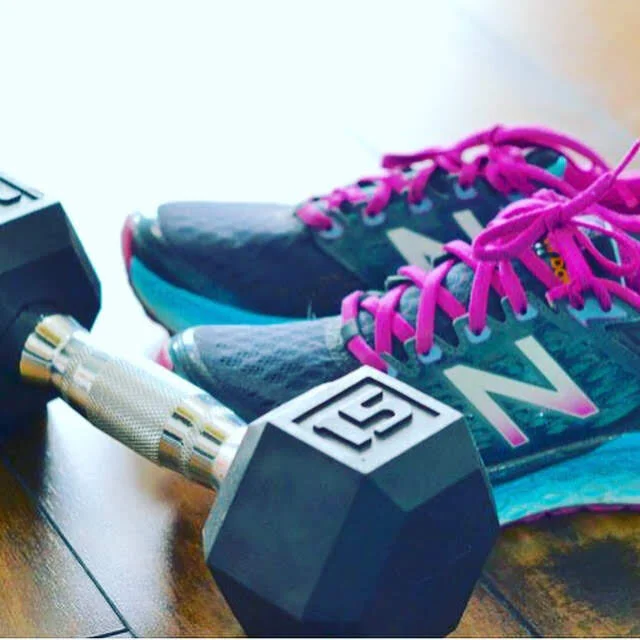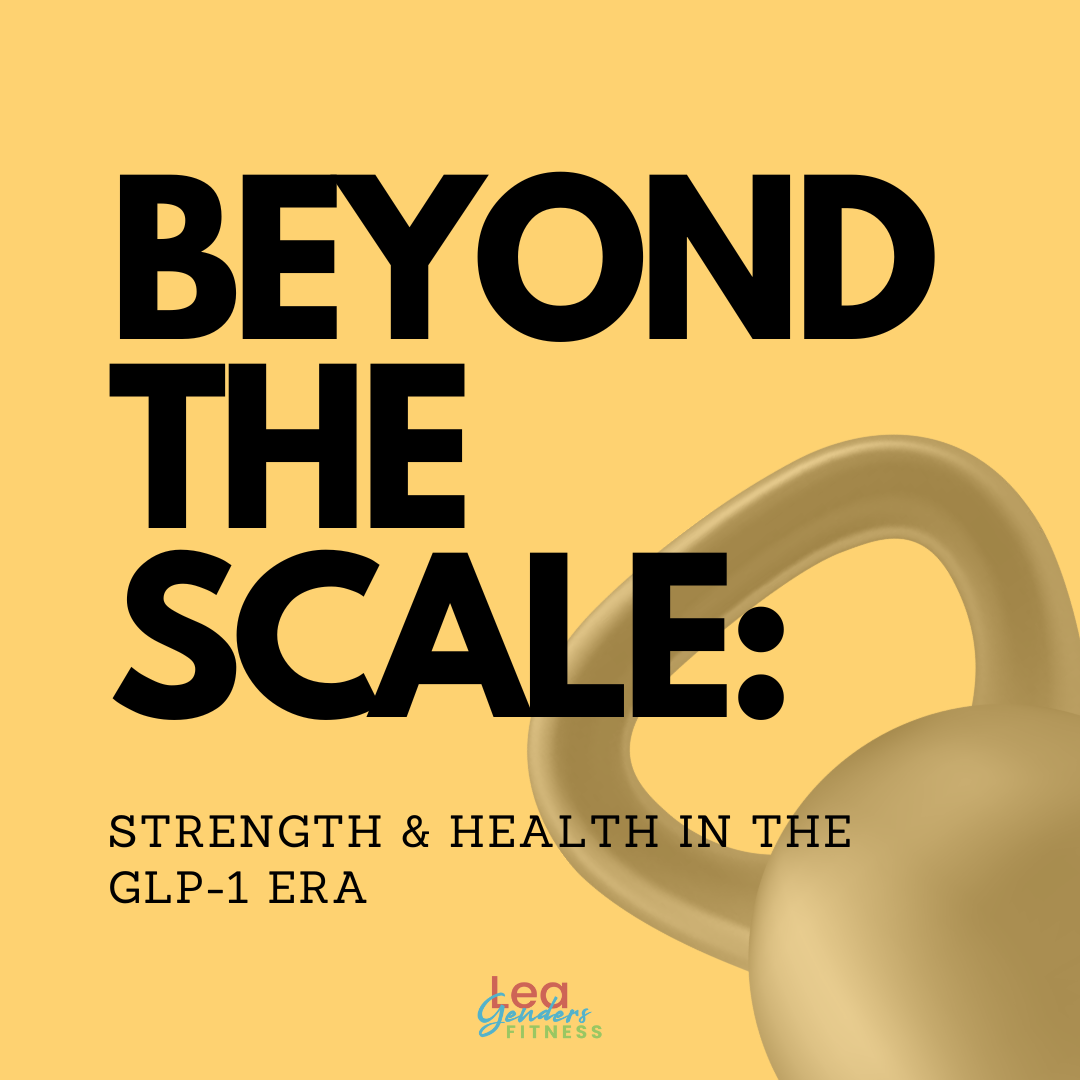I recently wrote a blog post about New Year's resolutions, and let me tell you—1,000 words later, I had bored myself to sleep. I scrapped it because no one needs another post listing resolutions that sound good but rarely stick. Here's the truth: the stuff that works is boring.
It's not some secret that's been eluding you for decades. It's not a breakthrough discovery or a shiny new app promising to change your life overnight. The things that actually deliver results are the same tried-and-true basics: strength training, cardio/walking, rest, whole food nutrition, balance, sleep, and stress management. That's it. It's not flashy, not viral-worthy, and definitely not what most people want to hear. We want that one magic solution we've somehow missed—the "simple trick" that changes everything.
One of my first YouTube videos was about my obsession with hair products. I'm an easy sale if a product has words like "miracle" or "transform your hair" on the label. I've had this hair for 50 years, been buying products for 35, and let me tell you, I've tried every "miracle" on the market. Spoiler alert: none of them have delivered. But when a new one comes out, I still think, Maybe this is the one.
People do the exact same thing with fitness. I get it. Even though we've tried everything—every fad, every gimmick—we keep hoping there's something we've overlooked, that one thing that will finally unlock the results we want.
So, based on my experience (and plenty of missteps), let me offer you a New Year's Resolutions: What Not to Do Edition.
10 Mistakes To Leave Behind To Thrive in 2025
All-or-Nothing Thinking
Perfection is overrated—and impossible. Skipping one (or three) workout(s) or indulging in dessert doesn't undo your progress. Life happens, and consistency, not perfection, is what gets results. Learn to embrace the middle ground, where flexibility and small wins add up over time. My biggest fitness mistake was all-or-nothing thinking: I had to do it all perfectly, or why bother? Once I learned balance, it was the key that unlocked long lasting results.
Gimmicks
If it sounds too good to be true, it is. Miracle teas, waist trainers, fat-burning supplements, and overpriced gadgets aren't the answer. They prey on our impatience but deliver nothing of substance. This time of year, ads flood our feeds, hoping to capitalize on our desperation with empty promises. Maybe it's the company I keep, but it feels like people are becoming more savvy about spotting scams than they used to. Wishful thinking, or a sign of progress?
Save your money and stick to what is proven to get results: movement, balanced nutrition, and rest.
Cleanses and Detoxes
You don't need a $300 juice cleanse to "reset" your body. Your liver and kidneys already have you covered. Fad cleanses leave you hungry, tired, and undernourished. Instead, fuel your body with real, whole foods, stay hydrated, and get some rest. Detoxes only cleanse your wallet of cash. If you overindulged over the holidays, move on. Aim to do better. That's it. No extreme over-corrections are required.
Quick Fixes
Whether it's a "30-day shred" or a promise to "lose 20 pounds in two weeks," quick fixes are a shortcut to burnout, not success. Sustainable progress requires time, patience, and consistency. Aim for results you can maintain for life—not just for a few weeks. If you haven’t worked out out in a while, don’t jump into a “hard” program requiring long workouts and no days off, ease in with 15-20 minute workouts and start building from there! Your ability to sit and stand up from the toilet without assistance will thank me. Hah.
Heavy Restrictions
Extreme calorie cuts, banning entire food groups, or eating the same bland meal day after day doesn't work long-term. Instead of restriction, focus on balance: prioritize nutrient-dense foods most of the time and allow yourself the occasional treat without guilt. Set up your environment to minimize temptations (i.e. don’t buy it), but any food rules than use the words ‘never’ or ‘always’ are usually unsustainable for long term results.
Changing Your Whole Life in One Day
Who here has woken up on New Year's Day in the past and decided to overhaul your diet, exercise routine, sleep schedule, and habits in a single day? Look around the room as almost everyone has their hand raised. We already know this is a recipe for failure because we've all done it.
Start small. Pick one or two areas to focus on, master those, and then add more as you go. It's not a race—it's a lifestyle. A more sustainable approach is to build throughout the year. Add a habit in January, then another in February, another in March, and so on. By the end of the year, you will have transformed your habits entirely.
Guilt Around Food
Food is not "good" or "bad," eating a cookie doesn't make you a bad person, and eating a salad doesn’t make you superior. Of course, some foods are better for your health than others, but every food can have its place in a healthy lifestyle. Guilt has no place in a healthy relationship with food. It's more unhealthy to avoid social situations or gatherings to avoid food temptation than just eating it in moderation. Instead, enjoy your meals mindfully and move on. Balance and moderation always win.
Body Shaming and Comparison
Your body is your home, and it deserves respect. Stop comparing yourself to filtered social media images, the person next to you at the gym, or who you were before you had kids. Your journey is yours alone, and the number on the scale doesn't weigh your worth. Learning to appreciate the body you have for what it has done for you, what it can do, and what is capable of doing is a huge win. You don't have to choose between wanting to improve and loving and appreciating your body; you can do both.
Negative Self-Talk
Would you talk to a friend or a loved one how you speak to yourself? If the answer is no, it's time to change the narrative. Replace harsh, critical thoughts with kindness and encouragement. You can't shame yourself into a healthier, happier version of you. Be your own coach (and if you need help with a more positive voice in your head, a coach can help encourage you and remind you of your strengths). You can sabotage your results with the words you speak to yourself.
Impatience
We all want results yesterday, but impatience is the enemy of progress. Real, lasting change takes time. When you expect instant results, you set yourself up for frustration and burnout. Instead of focusing on how quickly you can reach your goals, shift your mindset to enjoying the process. Celebrate small victories along the way—they're the stepping stones to big success.
We often overestimate what we can achieve in the short term, leading to frustration, while underestimating the incredible progress we can make over a year or more. Success comes from trusting the process.
What to Do Instead TO THRIVE in 2025
Let's leave behind the toxic habits, the fads, and the gimmicks. In their place, let's focus on what works:
Strength training, cardio, rest, sleep, and recovery.
Eating whole, nourishing foods while prioritizing protein, with a side of flexibility.
Setting small, achievable goals and building momentum over time.
Practicing self-compassion and positive self-talk.
Cultivating patience and trusting the process.
If you know what to do but are having trouble, hire a coach to help you bridge the gap between knowing and doing in a positive and supportive environment.
True wellness isn't about perfection or quick fixes. It's about showing up, doing the work, and building habits that serve you for a lifetime.
This year, ditch the gimmicks. Show up for yourself in ways that matter. You're worth it.
What will you leave behind as you go into 2025? Let me know—I'd love to hear your thoughts!
Do you know someone who might benefit from this blog post? It helps me when you share with your friends and followers.
Questions? I’d love to help.
I am a board certified health coach, personal trainer, and running coach, dedicated to helping you get strong, body and mind!
































Explore how GLP-1 medications like Ozempic and Mounjaro work, the role of strength training and nutrition in preserving muscle during weight loss, and insights from board-certified family practice physician Dr. Story in Fort Worth, TX on what to consider when discussing options with your healthcare provider